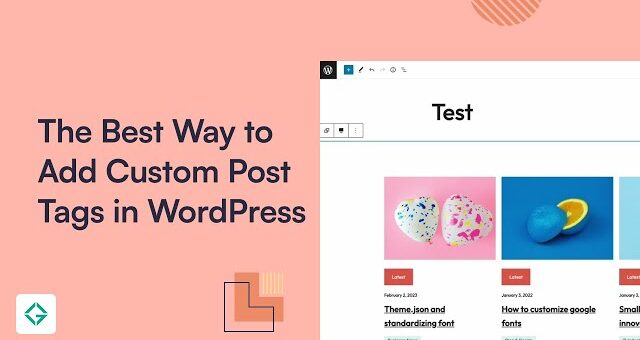WordPress multisite network allows you to manage multiple WordPress websites
Creating a WordPress multisite network allows you to manage multiple WordPress websites from a single WordPress installation. Here’s a step-by-step guide on how to set up a WordPress multisite:










